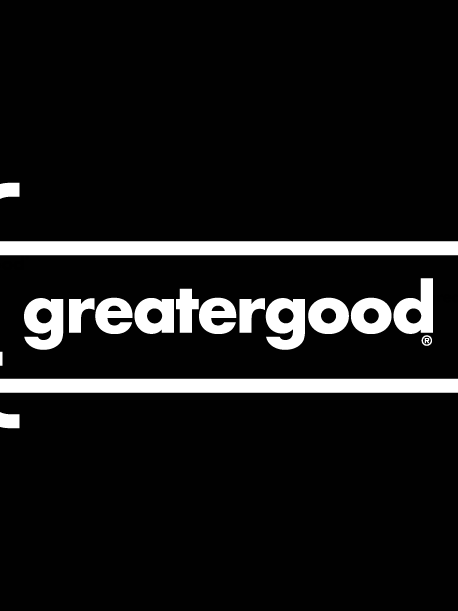Creating an FMCG brand that can truly stand the test of time takes time, planning, expertise and often the involvement of many different people and suppliers.
There is an illusion of the “overnight success” – food and drink brands that seemingly pop-up in major retailers and grocers and appear from nowhere. The reality? These brands already have established teams behind them, and have been building up to their first major retail launch for years – gaining feedback in smaller sales channels and continually developing and iterating on their product development.
In the early days of bringing a FMCG food (or drink) product to market – it’s crucial to ask some honest questions to establish the viability and growth potential of your brand.
1. Research, Validate – and find your Why?
Before beginning anything – your first question should be, “How much validation do I have that people actually want this?”. Spoiler alert: as great as it is to have friends and family backing your idea, you are going to want to get more validation than this before you part with your hard-earned cash.
What problem are you solving? Are there other brands in the market already solving this? Are you solving it in a better way, will you come in at a lower price point, or will you create a more premium proposition? Leaving your emotions at the door and really drilling down on how unique your proposition is will help you define your brand positioning and enable you to make product adjustments early on.
What is your Why? Why did you start this? How much energy and appetite do have for this business? Be honest with yourself – in 19 months’ time when you are still battling through product development, still spending money with no product in the market yet, will you still have an unwavering passion and energy for your product and its category?
2. How feasible is this to produce (and scale)?
Taking a FMCG product from concept or kitchen scale through to mass manufacturing will throw up a whole host of concerns with issues like product stability and shelf life, packaging format, supply chain, logistics and more.
Engaging with manufacturers and copackers early on in the process to understand how they work and how suitable your product is for production and scaling is crucial.
Manufacturers are incredibly busy and often booked months in advance, if you have a product that is incredibly difficult to produce, temperamental, and takes a lot of manpower on a factory floor – you will find yourself at the very bottom of that list for a production slot while your competitors continue to jump ahead of you.
3. Can we gain enough of a margin to make this a feasible business which will allow for scale?
Having an understanding of margins from the beginning will help you to correctly develop your food and drink product from the off.
With most retailers expecting a 40% margin (if not more), it’s crucial to understand your COGs (cost of goods) and what margin you will be able to maintain when bringing a product to market.
It is usual for most FMCG brands to launch with a less-than-enviable product margin, however, there should be a clear path to increasing that margin and overall bottom line.
Gaining scale, optimising logistics and supply chains, reformulating and commercialising products will all increase product margin over time – if you are however struggling to see how you would achieve any of this you may need to rethink the viability of your proposition.
4. How crowded is this category and what is our cost of play going to be?
Having a complete understanding and expertise of your category is crucial. How crowded is your category? Are you in an expensive high waste category like chilled? What is the wastage like? Is the category dominated by global brand names?
All of these questions will affect your cost of play, how much cash is going to be needed to bring this brand to market and gain market share when coming up against competitors. If we look at a category like alternative milks – a major retailer is likely to hold over 15 different brands with over 40 different SKUs, this is an incredibly crowded and therefore expensive category to be bringing a new brand into.
How will you stand out, gain shelf space, stay on that shelf, and sell on that shelf?
5. How do we make noise?
The competition in FMCG is huge – how will you stand out on shelf? How will you market yourselves compared to all the other brands in your category doing the same thing? How will you capture consumers’ hearts and minds, lead and build community?
Considering starting a food business?
We work with clients big and small on everything from brand naming and creation, through to packaging design, retail strategy, digital marketing and more.

Greatergood Brands®
Daniel Hinde is the Founder & Creative Director of Greatergood Brands. Daniel has over 20 years commercial experience building brands for global household names and disruptive challenger brands.
Sign up to our building better brands newsletter
Free insights for scaling brands









